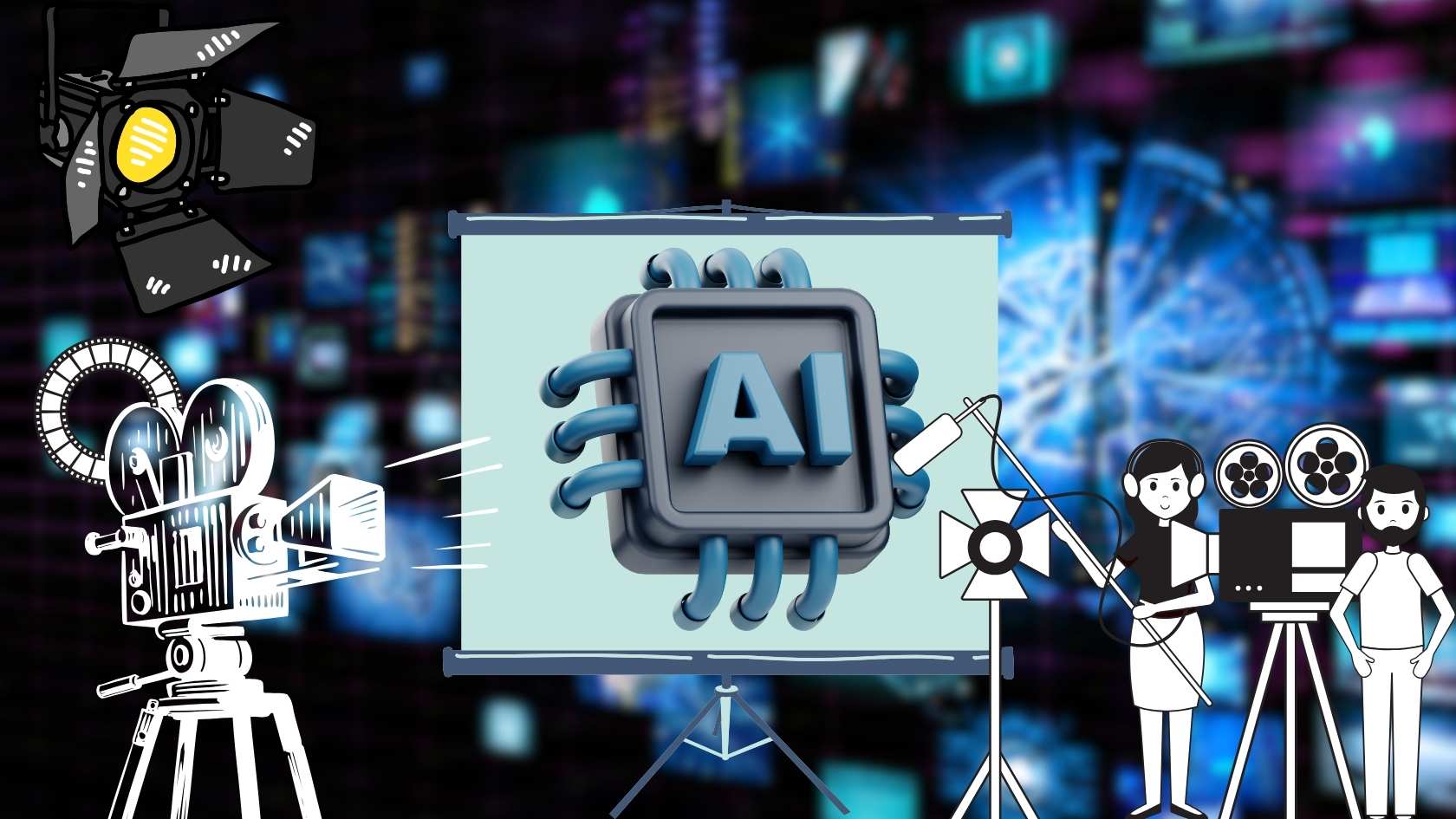
Recently, social networks have been flooded with videos created by AI. The videos have a variety of content, from simulated natural disasters to curved people and animals doing unreasonable things. Although most of these videos look rough and inconsistent, they still attract thousands of interactions, along with the belief that this is a new art form that can change the entire entertainment industry.
However, the use of AI in video production is facing many controversies, especially in the context of big names like Disney and Universal suing AI platforms like Midjourney for copyright infringement. Faced with this reality, filmmaker Bryn Mooser - founder of the production company Asteria chose a different path when using only legally licensed data to train AI models. According to Mooser, the transparency and clear understanding of the limits of AI is what makes Asteria different in a confusing technology space.
Asteria has not just started creating experimental videos. Their notable project is the feature film Uncanny Valley, co-produced with actor and director Natasha Lyonne. The visual effects in the film are all created using internal AI models, but Mooser asserted: We dont let the audience feel like theyre watching a product created by automated machines. All must have a strong directional mark.
Asteria is trying to prove that AI is not just a simulated tool but can support artistic creation in a cost-effective way, helping a complete film only need a budget of 10-20 million USD instead of 150 million USD as traditional.
In particular, the company wants to expand intellectual property opportunities for filmmakers, which is very rare in the film industry today. If AI helps reduce costs and make films an independent product, then ownership can actually be passed on to creators, Mooser said.
To increase control for artists, Asteria develops Marey - a core AI model capable of creating custom-trained sub-AI systems according to each artistic style. A typical example is the short film A Love Letter to LA using more than 60 hand-painted paintings by artist Paul Flores to build a unique 3D animated town. However, Mooser admits that the technology still has limitations in detail and image control, especially at the pixel level.
According to Theverge, Hollywood is currently facing a crossroads: one side is the concern about AI replacement, the other side is the prospect of technology opening a new era of creativity. Asteria and Mooser are trying to find a way to balance those two extremes. But as long as AI cannot convey the depth of emotions, cinematic thinking and personality in each frame, the role of humans is still the center of every film.









